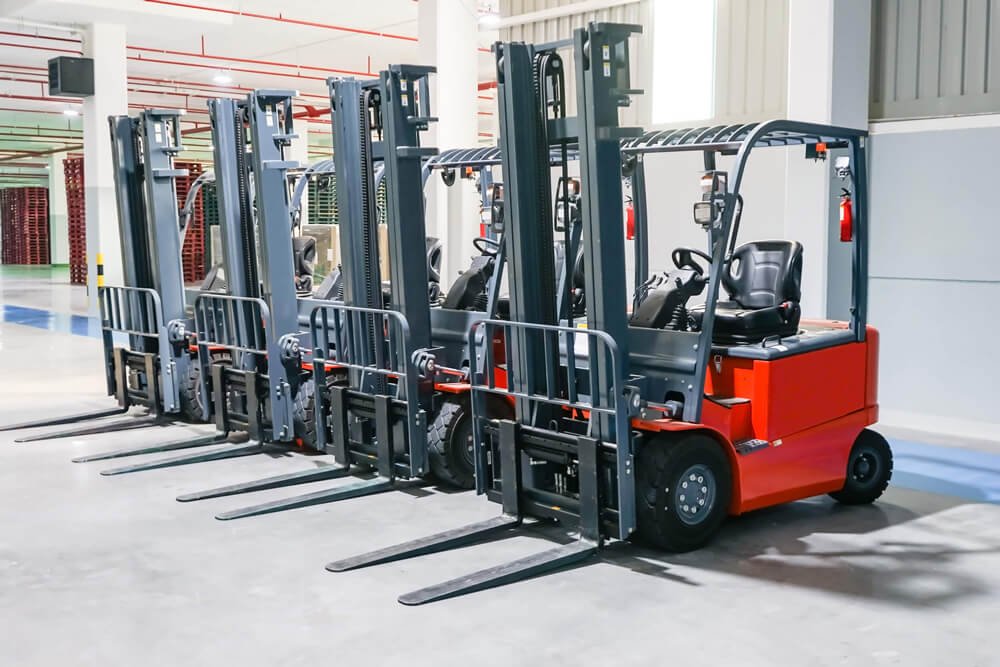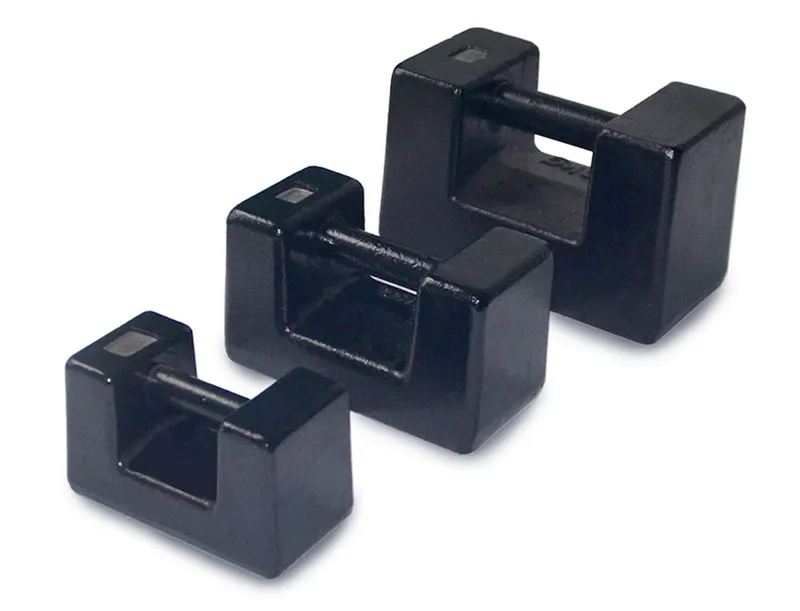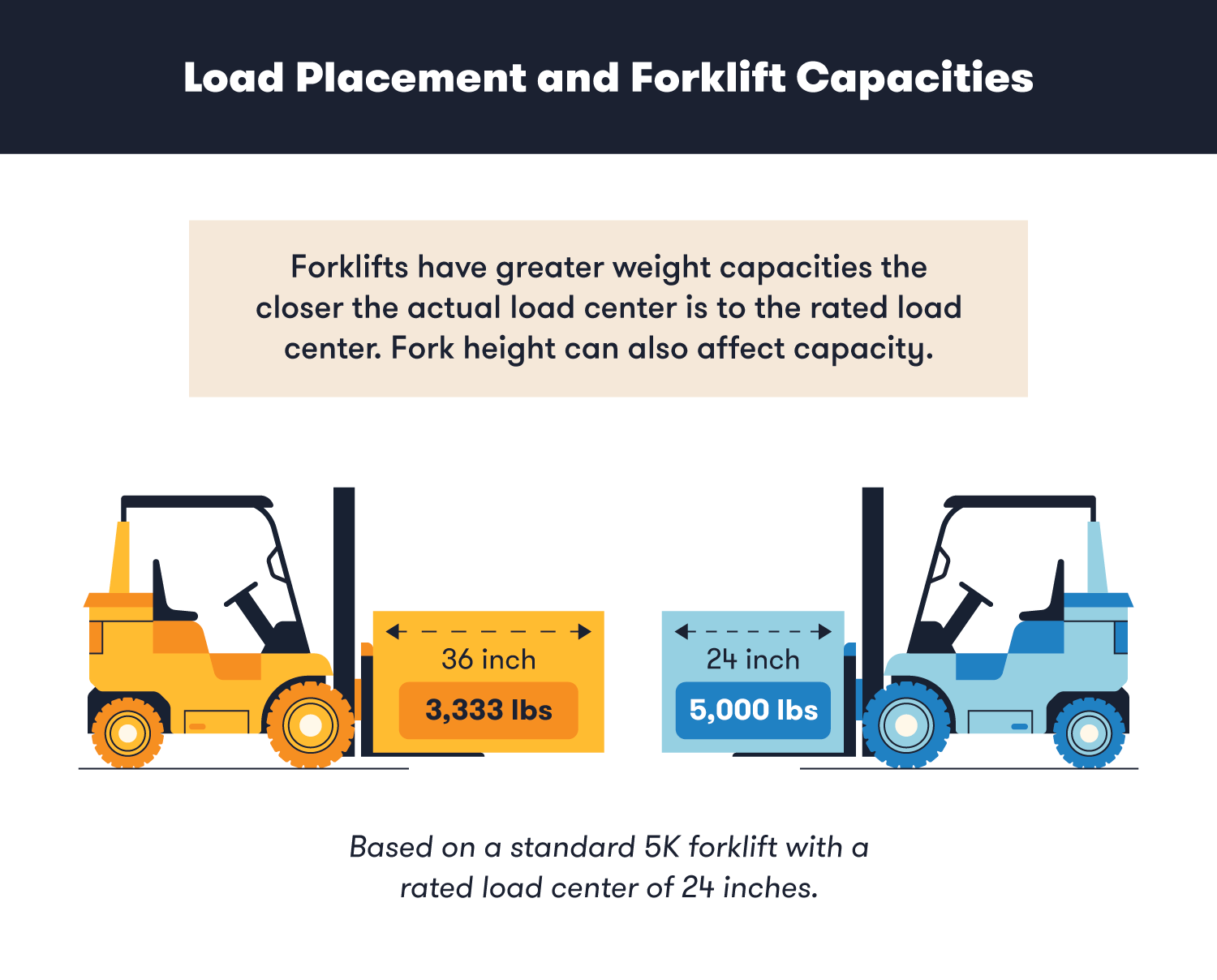Forklifts play a crucial role in modern warehouses, construction sites, and factories by enabling the smooth movement of goods and materials. However, the weight of the forklift is a key factor that significantly influences its performance, load capacity, safety, and operational efficiency. Understanding how forklift weight affects your operations is essential, whether you’re purchasing a forklift for your business or simply learning about its functions. In this article, we’ll explore how different forklift weights impact load capacity and how optimizing their use ensures both safety and efficiency in your daily operations.
Table des matières
BasculerHow Much Does a Forklift Weigh?
The weight of a forklift can vary significantly depending on its design, type, and capacity. On average, forklifts weigh anywhere from a few thousand pounds to over 50,000 pounds, depending on the size and functionality of the machine.
Standard Electric Forklifts:These forklifts, commonly used indoors in warehouses and light-duty operations, typically weigh between 3,000 and 5,000 pounds. Their lighter weight makes them ideal for navigating tight spaces and handling lighter loads.
Internal Combustion Forklifts: Powered by diesel, LPG, or gasoline engines, these forklifts are generally heavier, weighing between 6,000 and 10,000 pounds. They are designed for outdoor use and are capable of handling heavier loads and more demanding terrains.
High-Capacity Forklifts:Used in heavy industries like construction and manufacturing, high-capacity forklifts can weigh as much as 50,000 pounds or more. These machines are built to lift extremely heavy loads, such as construction materials or large machinery.
Choosing the right forklift weight for your specific needs is critical as it affects the machine’s stability, load-bearing capacity, and its ability to navigate different work environments.

Forklift Weights by Machine Type
Different forklift types are designed for specific tasks, and as a result, their weights vary. Here’s a breakdown of the main forklift types and their typical weights:
Electric Forklifts: Designed for indoor use, electric forklifts are generally lighter, weighing between 3,000 and 5,000 pounds. Their compact design allows them to work in narrow aisles and confined spaces, making them perfect for warehouses and distribution centers.
Internal Combustion Forklifts: Powered by diesel, LPG, or gasoline engines, these forklifts are heavier, typically weighing between 6,000 and 10,000 pounds. They are ideal for outdoor operations or environments requiring heavy lifting and durability.
High-Capacity Forklifts: Built for heavy-duty tasks, these forklifts can weigh anywhere from 10,000 pounds to as much as 50,000 pounds. They are used in industries where extremely heavy loads need to be moved, such as construction sites or steel mills.
Each type of forklift is suited to specific environments and tasks, so selecting the right forklift based on its weight and capacity is essential for your operations.
| Forklift Type | Model Name | Weight Range | Load Capacity | Application |
|---|---|---|---|---|
| Electric Forklifts | Toyota 8FBMT30 | 3,000–4,000 lbs | 3,000–4,000 lbs | Warehouse, indoor operations |
| Jungheinrich EFG 213 | 3,500–4,500 lbs | 3,000–4,000 lbs | Indoor, light-duty use | |
| Internal Combustion Forklifts | Hyster H50FT | 6,500–8,000 lbs | 5,000–6,000 lbs | Outdoor, heavy-duty use |
| Caterpillar GP25N | 6,000–8,000 lbs | 5,000–6,000 lbs | Outdoor, industrial use | |
| High-Capacity Forklifts | Toyota 8FDU50 | 18,000–22,000 lbs | 12,000–15,000 lbs | Construction, heavy industries |
| Konecranes CXT 15t | 30,000–50,000 lbs | 15,000–20,000 lbs | Outdoor, and industrial use |

Standard Capacity Forklift Weights
Standard capacity forklifts are commonly used in warehouses, factories, and distribution centers for light to medium-duty tasks such as lifting pallets and boxes.
Weight Range:These forklifts typically weigh between 3,000 and 6,000 pounds, depending on the specific model and load capacity.
Ideal Applications: They are perfect for environments where space is limited, such as narrow aisles in warehouses. Their lighter weight allows them to maneuver easily, enhancing productivity in tight spaces.
Though standard forklifts have a lower load capacity compared to larger models, they offer significant advantages in fuel efficiency and cost-effectiveness for smaller operations. Their compact design enables quicker and more precise movements in confined spaces.
Mid Capacity Forklift Weights
Mid-capacity forklifts are designed for more demanding tasks that require both higher load capacity and more robust performance.
Weight Range: These forklifts typically weigh between 6,000 and 10,000 pounds.
Ideal Applications:Commonly used in larger warehouses, construction sites, and manufacturing facilities, mid-capacity forklifts can operate both indoors and outdoors. They are equipped to handle medium to heavy-duty tasks, such as lifting large equipment or transporting substantial quantities of goods.
The added weight provides these forklifts with enhanced stability, making them better suited to tackle tougher work environments, especially when handling heavier loads.
High-Capacity Forklift Weights
High-capacity forklifts are essential in industries that require the movement of extremely heavy loads. These forklifts are built for power and durability, enabling them to lift massive materials efficiently.
Weight Range: High-capacity forklifts typically weigh between 10,000 and 50,000 pounds or more, depending on the model and lifting capability.
Ideal Applications: They are used in industries such as construction, shipyards, and steel manufacturing, where they handle large loads like steel beams, machinery, and heavy construction materials.
Despite their weight, high-capacity forklifts are designed to provide exceptional lifting capabilities while maintaining stability. However, they require specialized training due to their size and the nature of the heavy loads they handle.
Forklift Weight Vs. Forklift Capacity
While forklift weight and forklift capacity are often used interchangeably, they are distinct factors that impact various aspects of forklift operation. Forklift capacity refers to the maximum load a forklift can lift, while its weight influences stability, maneuverability, and fuel efficiency.
Weight and Stability: A heavier forklift generally offers better stability, reducing the risk of tipping when handling heavy loads. However, a forklift that is too light for the load it’s carrying may become unstable. Conversely, a forklift that’s too heavy for the task may cause excessive wear on the ground and lead to inefficiencies.
Weight and Maneuverability: Lighter forklifts are more maneuverable and better suited for tight spaces, but they may lack the stability required for heavier loads. On the other hand, heavier forklifts, while stable, may struggle to navigate narrow aisles.
Capacity and Power:Heavier forklifts tend to have more powerful engines, allowing them to lift heavier loads. It’s essential to select a forklift that balances weight and capacity to meet the specific needs of your business.

How to Improve Forklift Load Capacity
To optimize your forklift’s load capacity and operational efficiency, consider the following strategies:
Upgrade the Forklift:If you need to handle heavier loads than your current forklift can manage, consider upgrading to a higher-capacity model that offers greater power and stability.
Regular Maintenance: Ensure that your forklift is regularly serviced to maintain peak performance. Regular maintenance can improve lifting capabilities and prevent breakdowns, especially for hydraulic systems, engine optimization, and tire wear.
Use Proper Attachments:Specialized attachments, such as larger forks or lifting devices, can enhance the forklift’s versatility without requiring a full upgrade of the machine.
Optimize Your Environment:The environment in which the forklift operates can affect its performance. Ensure that the work area is clean, level, and free from obstacles to prevent overloading and minimize wear on the forklift.
Why Forklift Weight Matters in Maintenance
The weight of your forklift also influences its maintenance needs and longevity. Understanding how weight impacts wear and tear can help you reduce long-term repair costs and keep your forklift in optimal condition.
Wear on Tires and Suspension: Heavier forklifts exert more pressure on tires and suspension systems. Regular maintenance, including checking tire pressure, bearing inspections, and suspension evaluations, can help avoid premature damage.
Hydraulic System Strain: If a forklift is too light for the load it’s carrying, it can put excessive stress on the hydraulic system, leading to potential failures and costly repairs.
Fuel Efficiency:Heavier forklifts typically consume more fuel or electricity. Managing fuel consumption and choosing the right forklift for your operations can help keep operational costs under control.
Routine Service:Heavier forklifts may require less frequent servicing, but routine checks on weight-bearing components like the mast and forks are essential to prolong their lifespan.
Environmental Considerations: Forklift Weight and Sustainability
Forklift weight also has an environmental impact, especially as businesses strive for sustainability.
Electric Forklifts:Lighter electric forklifts offer environmental benefits, including zero emissions and quieter operation. Their lower weight improves energy efficiency, making them ideal for indoor operations.
Battery and Fuel Impact:While electric forklifts are eco-friendly in terms of emissions, the production and disposal of batteries can still pose environmental concerns. On the other hand, diesel and LPG forklifts are heavier and emit more pollutants.
Recycling: Forklift components, including metals, plastics, and batteries, can often be recycled, helping to reduce environmental impact when disposing of older models.
Conclusion
Forklift weight is a critical factor that affects efficiency, safety, and performance. Heavier forklifts generally offer better stability and lifting capacity but come with increased fuel consumption and maintenance needs. Lighter forklifts, while more maneuverable, may not handle heavier loads effectively.
By understanding how forklift weight impacts your operations, you can make informed decisions that enhance both productivity and safety, while also considering long-term costs and environmental sustainability.
